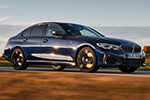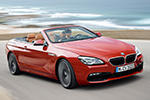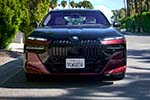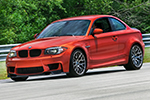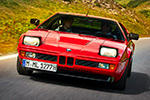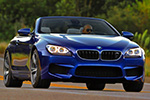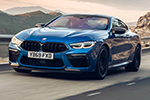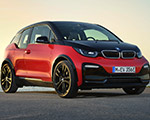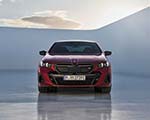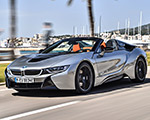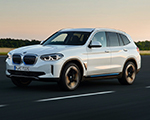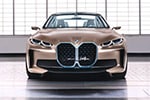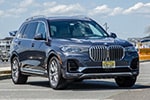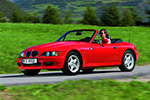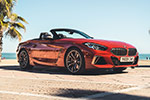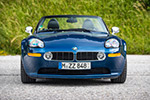ALPINA’s story has always been about doing things differently from BMW. Not louder, not harsher, but definitely quicker and more refined. In a recent interview, Andreas Bovensiepen, son of the founder and current head of the brand, reflects on how ALPINA carved out its own identity. From squeezing big power out of early 3 and 5 Series models, to pioneering turbocharged luxury sedans, Bovensiepen retraces the steps. Along the way, he shares how performance, comfort, and even a few happy accidents defined his father’s company.
How ALPINA Sets Itself Apart from BMW M
Bovensiepen begins, somewhat logically, at one of the earliest ALPINA models — the E21 3 Series. “When we did cars like the E21, it was a 2.8-liter engine and 200 horsepower,” he says. “This was very unique, because the 323 from BMW was 143 horepower, so it was 50% higher horsepower.” For those who forget, while the 323i did receive a six-pot, ALPINA fitted a larger 2.8-liter engine from the contemporary 528i. ALPINA further decked out the 2.8-liter mill with Mahle pistons, modified combustion chambers, higher compression, and more. “This was quite uncommon,” Bovensiepen says.
He continues to illustrate how ALPINA set new performance precedents in an era before widespread turbocharging. Or, even before BMW had a V8 or V12 engine in the mix. “The only solution,” he says, discussing how to make more power in the E12 BMW 5 Series, “was to use turbos.” At the time, the B7 Turbo was the fastest sedan in the world, with around 300 horsepower. A Coupe equivalent was similarly one of the most powerful coupes in the world. But big power wasn’t the only goal.
“This kind of power delivery, it was more like a Bentley,” Bovensiepen tells the host. “A lot of torque on the bottom,” he says, emphasizing the luxurious and more “effortless” feel that ALPINA tuned cars provide. He finally compares it to BMW M. “BMW M went in a direction with four valves per cylinder head, more about high-revving,” he says. “It was a completely different attitude of gaining horsepower. And the cars were completely different to drive.”
ALPINA Isn’t Making a “Better M Car”
Bovensiepen continues to explain how the brand sets itself apart from outwardly similar BMW M. “We didn’t want to make a better M car,” he explains. “So, of course it was the idea of my father to go more in the luxury direction.” Rather than the “race car for the road,” Bovensiepen says the brand set out to make each car a “very nice cruiser for the Autobahn.” Another way ALPINA differentiated itself from BMW? Interior appointments, which Bovensiepen says began in the late 1960s with sport seats from Scheel and later Recaro.
However, it wasn’t necessarily the most thought-out operation, Bovensiepen explains. “Not everything was strategically planned out,” he starts, “some things happened by accident.” One such accident was the ALPINA blue and green — the latter of which came from a sponsor’s request to paint one of their E9 CSLs in green. Apparently, Bovensiepen Senior simply liked the color and ran with it. Who knew ALPINA was the Bob Ross painting of automotive tuning houses?
Source: MotoManTV Podcast





































